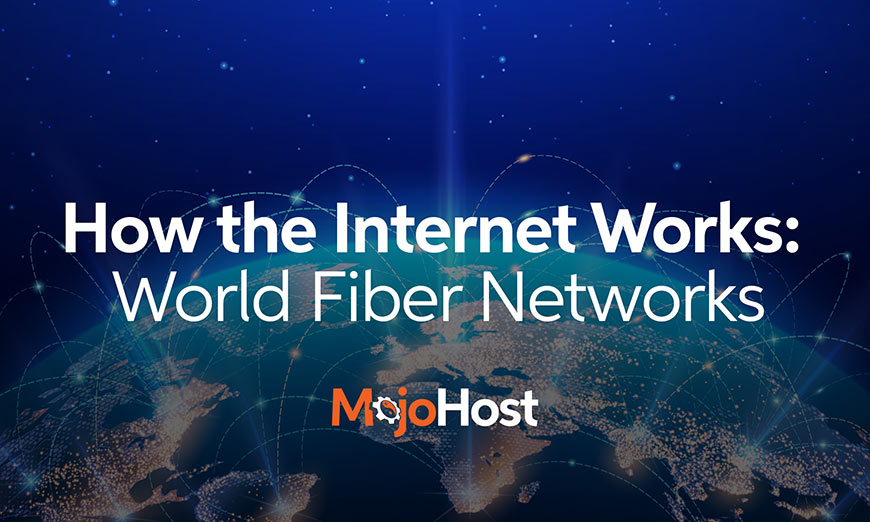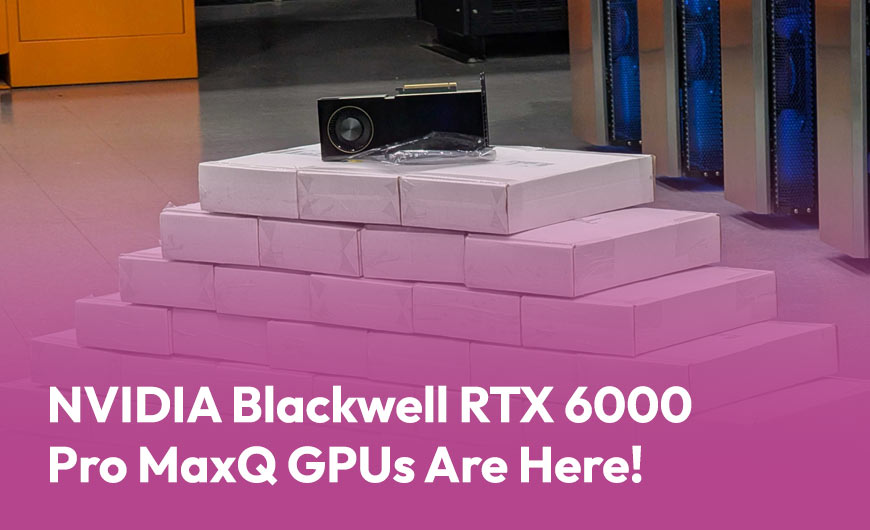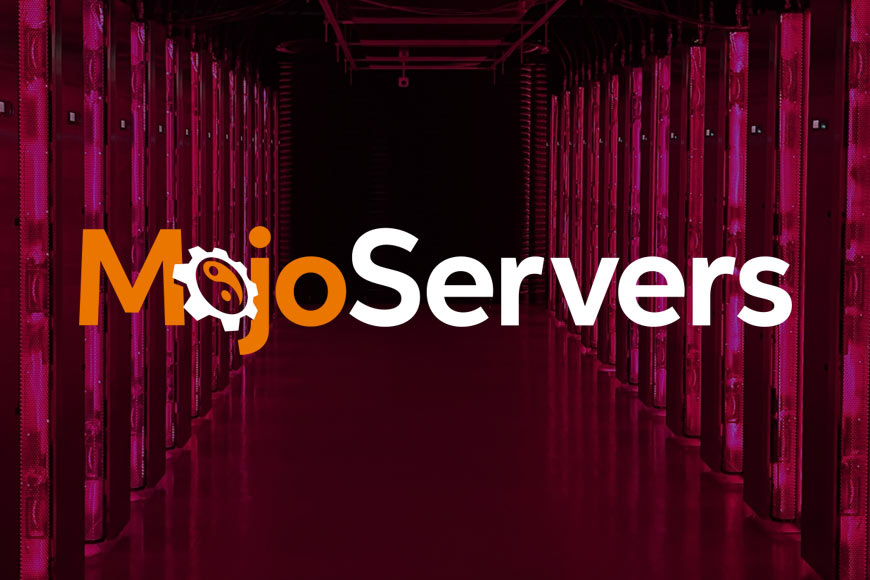Today marks an exciting milestone for MojoHost and the rapidly…

You probably already know that optic fiber is the fastest available way to transmit data along land. The speed that can be reached now with the help of optic fiber would be deemed fantastic and unrealistic only a few decades ago. But would you believe that the very first experiments with signal transmission through thin glass rods date back to the 1930s? The first attempts were reasonably successful, but the losses of light were huge due to the imperfection of technology. The invention and development of lasers, though, gave optic fibers a great boost in the 1960s.
Today, optic fibers are the fastest means of data transmission. It is not surprising, since the data is being transmitted by light. We all know from school-level physics that there is nothing faster than light, as far as we are aware, in the whole Universe. Thanks to optic fibers, emails reach us in a matter of seconds, and we can watch HD videos. But one big question remains: how does this magic work? Hold on tight, we are starting the exploration at light speed!
Hair-thin and technologically advanced
What are optical fibers? They are slightly thicker than human hairs and made out of absolutely transparent glass or plastic of the highest quality. The actual fiber that transmits light signals is called the core. The core is wrapped in another layer of transparent material which is known as cladding. Cladding is necessary to keep all the light inside the core. Finally, these cores are wrapped in a protective layer called a coating. It is necessary to protect the fragile fibers from moisture or damage. Due to this technology, optical fibers can transport light even around the corners or up and down hills.
Optic fibers come in two primary types, and the types determine their use.
- Multimode (MM) fibers have a large core. This large core lets through multiple modes of light. In the course of passing, though, a reflection of light increases greatly because there is plenty of room inside the large core for the light to bounce. It causes significant losses in the quality of the signal. There is no possible way to amplify it, so multimode fibers are good only for short distances and simple transceivers.
- Single-mode (SM) fibers have a much smaller core. There is no room for the light to bounce and create reflections, and so it can travel farther without much attenuation and retaining the quality of the signal. Single-mode fibers can really handle long-distance bandwidth. They are perfect for distances more than 600-700 feet. Single-mode cables are the ones used when distances are counted in miles.
Today, the cobweb of cables that wrap the globe stretches across thousands of miles. If we collect all the optic fiber cables in the world and connect them end to end, we’ll get a line that will embrace the equator 30 times!
Light on, Light off
One important thing to know about data transmission via optic fibers is that it uses the binary number system. It is widely used in math and digital electronics. It uses only two symbols: 1 and 0. In simple words, 1 means light on, 0 means light off. Ones and zeroes interchange in optic fibers at such a speed that this process simply cannot be registered by human eyes; it is as fast as 99% of the speed of light! All this happens with the help of a device called a transceiver on one end (it turns electrical impulses into light) and another device called a receiver on the other (this one performs a reverse transformation).
Optic fiber networks
There are several common types of optic fiber networks. In the core of each of them, is an optic cable that runs from a network hub. The main difference between all the existing networks is the point where the optic fiber ends.
- FTTH means Fiber To The Home. It is also called FTTP, Fiber To The Premises. The cable runs directly into your home or business. It is a 100% optic fiber connection that provides the highest speed.
- FTTC means Fiber To The Curb. In this case, optic fiber cables run to a “curb” and end there. From this point, copper cables undertake the task and carry the signal on.
- FTTB means Fiber To The Building. Optic fiber cables reach a certain point on a shared property and end there. Other cables carry the signal to offices or other spaces from this point.
Optic vs. Copper
Optic fibers are better than regular copper ones for a number of reasons:
- they are able to transmit signals VERY fast. Copper cables could never handle such speed. Besides, optic fibers provide symmetric speed. It means that the uploading and downloading times are equal. And, of course, it means easier cloud access which means a lot for businesses.
- they are much more durable than copper cables. The glass or plastic core does not get overheated, it is in no way affected by weather or water. When it comes to pulling tension, optic fibers are able to endure up to 4 times as much weight as copper cables.
- they are shark-proof. It is a very important feature for the cables that are installed underwater. So they are wrapped in Kevlar and can endure even the severest shark bites!
- they are absolutely unaffected by any electromagnetic interference. No matter what heavy machinery may be located close to you, the signal transmitted by optic fibers will not degrade due to external influence.
- they provide the potential for huge bandwidth. This one may be crucial for businesses because the higher bandwidth throughput, the more data can be transmitted. It means web conferences, sharing files, live streaming, and the Internet of Things are now possible.
- they are highly reliable against digital attacks. The specifics of mounting optic fiber cables are such that hackers will need to cut the cable physically to tamper with it.
We hope this information was helpful to you in understanding how the Internet works, and if you have any questions or would like to know more about MojoHost’s offerings please feel free to reach out today!




